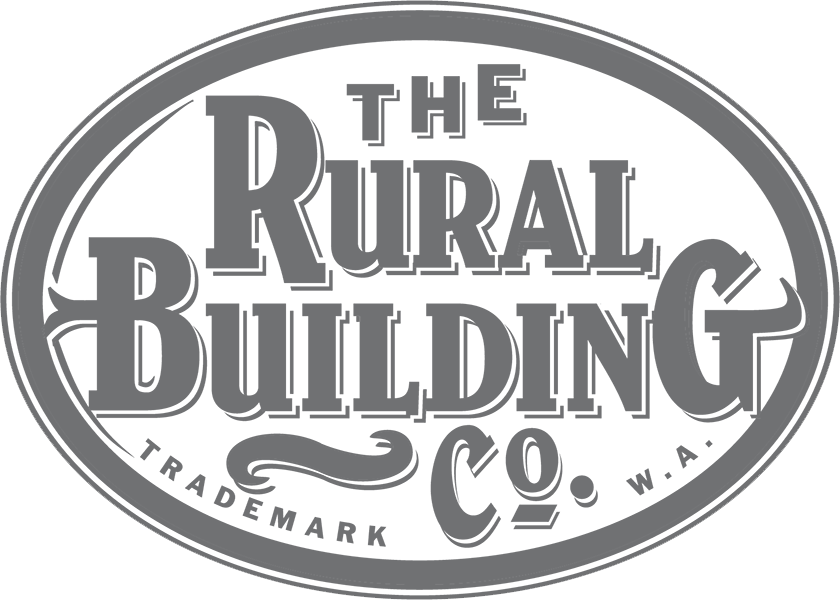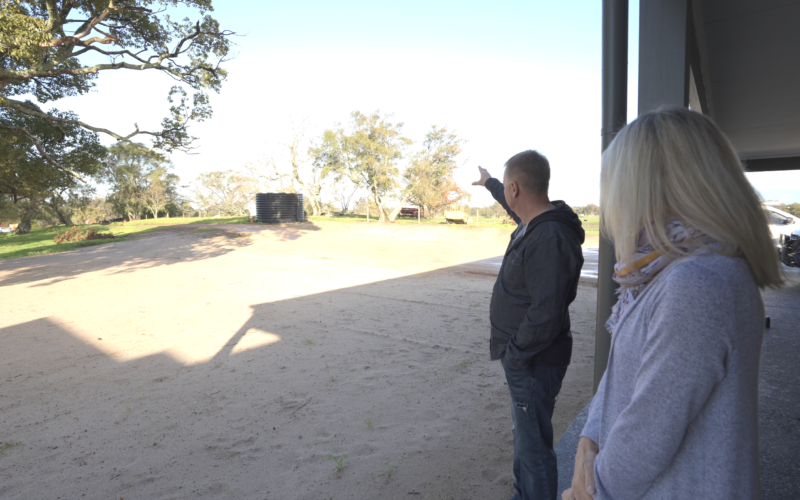
Custom Homes
Build your dream
We understand that your home is about lifestyle, personal choice and values. It’s about individuality, design, image, sustainability, romance and flair.
We encourage you to be actively involved in the design of your home. From the initial brief with your consultant to subsequent meetings with the team, we will co-create your dream home, so it’s perfect for you in every way.
Custom design stories
Custom Home Projects
Building a Custom Home with The Rural Building Co.

Where are your display homes located?
We currently have display homes in the metropolitan and south-west regions. To view all current display home locations click here.
What are your standard inclusions?
Standard inclusions are fixtures and features that are included in the price of your new home. Any of these items can be upgraded to meet your lifestyle and budget. These upgrades can be chosen and ordered with your New Homes Administrator.
Where do you build?
We build all across metropolitan and regional Western Australia. To see our full list of build locations click here.
What is an Asset Protection Zone (APZ)?
An Asset Protection Zone (APZ) is a cleared area surrounding your home, designed to reduce the risk of bushfire damage. It needs regular maintenance. The specific details and measurements for your APZ will be outlined in your detailed Bushfire Report and Bushfire Management Statement/Plan.
When should I start clearing my APZ?
You should wait until your Planning Approval has been granted before undertaking any APZ clearing work. This ensures you comply with any specific requirements from the local shire regarding trees or vegetation.
Does creating an APZ mean cutting down all the trees?
No. Creating an APZ doesn’t necessarily mean removing all trees. It may involve slashing, clearing dead debris, or trimming branches and canopies to create adequate separation.
What happens after my planning is approved and an APZ is required?
We will notify you once planning is approved. After you’ve completed the APZ clearing, we’ll arrange an inspection to obtain a compliance certificate. This certificate is essential for lodging your building permit.
What are the different types of Aerobic Treatment Unit (ATU) systems, and what are their pros and cons?
ATU systems commonly use either drippers or flat beds for irrigation. ATUs with drippers offer more flexibility in locating the irrigation area. We can provide more detailed information on the specific pros and cons of each system based on your property’s needs.
What are semi-inverted and fully inverted septic systems?
Depending on shire conditions and soil type, the shire may stipulate a height for your septic system, resulting in it being installed above natural ground level (like a mound). Semi-inverted systems are partially above ground, while fully inverted systems are completely above ground. These are most common in clay-rich areas.
What is a sump and pump system in relation to septic systems, and what does it look like?
A sump and pump system is used to move effluent when gravity flow is not possible. We can provide pictures to illustrate this system. It generally involves higher maintenance costs, so we try to avoid it in standard septic system installations. Ideally, septic systems should be located on the lower side of the property.
What is the difference between natural ground levels and Finished Floor Levels (FFL), and what can be done with sand pad battering and landscaping?
Natural ground level refers to the existing ground elevation, while FFL is the planned height of your finished floor. Sand pad battering is the sloping edge of the sand pad. We can offer advice on landscaping options to integrate the sand pad battering into your overall property design, creating a visually appealing and functional space.
What is soil classification/type, and how does it affect earthworks and engineering?
Soil classification refers to the categorization of soil based on its properties, such as texture, composition, and density. Different soil types have varying characteristics that significantly impact earthworks and engineering. For example:
- Clay soils: Tend to retain water, can be expansive (swell and shrink), and may require specialized foundation designs.
- Sandy soils: Drain quickly, are less stable, and may require compaction for proper support.
- Loamy soils: A balanced mix of sand, silt, and clay, generally considered ideal for many construction purposes.
- Rock/gravel soils: Offer strong support but can be challenging to excavate.
Understanding the soil type is crucial for:
- Determining the appropriate foundation design.
- Planning earthworks and excavation.
- Selecting suitable materials and construction techniques.
- Ensuring proper drainage and site stability.
- Determining the correct Septic system design.
What is a building envelope?
A building envelope is the maximum three-dimensional space within which a building can be constructed on a specific lot. It’s defined by planning regulations, including setbacks from property boundaries, height restrictions, and sometimes other specific rules. Essentially, it dictates the permissible size and shape of your home on your land. Understanding the building envelope is crucial for design, as it determines the potential footprint and form of your dwelling.
Understanding topography and placement of services
Topography refers to the shape and features of the land’s surface, including its elevation, slopes, and contours. Understanding your site’s topography is essential for:
- Building Placement: It influences where your home can be positioned to maximize views, drainage, and minimize earthworks.
- Service Placement: Topography affects the efficient placement of services like water, sewer, and power. For example, gravity-fed drainage relies on appropriate slopes.
- Earthworks: Steep slopes may require significant earthworks, such as cut and fill, which can impact costs and site stability.
- Drainage: Proper site drainage is crucial to prevent water pooling and potential damage. Understanding the topography helps determine the best drainage solutions.
We conduct thorough site assessments to understand your land’s topography and ensure optimal building and service placement.
How siteworks vary from site to site
Siteworks, the preparatory work done before construction, vary significantly depending on several factors:
- Topography: As mentioned, sloping sites require more extensive earthworks than flat sites.
- Soil Type: Different soil types necessitate different foundation preparation and compaction methods.
- Vegetation: Clearing requirements will differ based on the existing vegetation.
- Accessibility: Sites with difficult access may require specialized equipment and techniques.
- Bushfire Risk: Sites in bushfire-prone areas will require specific APZ preparation.
- Existing Services: The presence or absence of existing services (water, sewer, power) will affect the scope of siteworks.
- Local Council Requirements: Each local council has its own regulations and requirements, which can influence siteworks.
- Presence of Rock: Sites with rock close to the surface will require specialised excavation.
Get in Touch
Whether you’re looking to browse our range of beautiful home designs, view our inspirational display homes, or build a custom home, contact us today and discover Rural Building Co.’s better building experience.















































